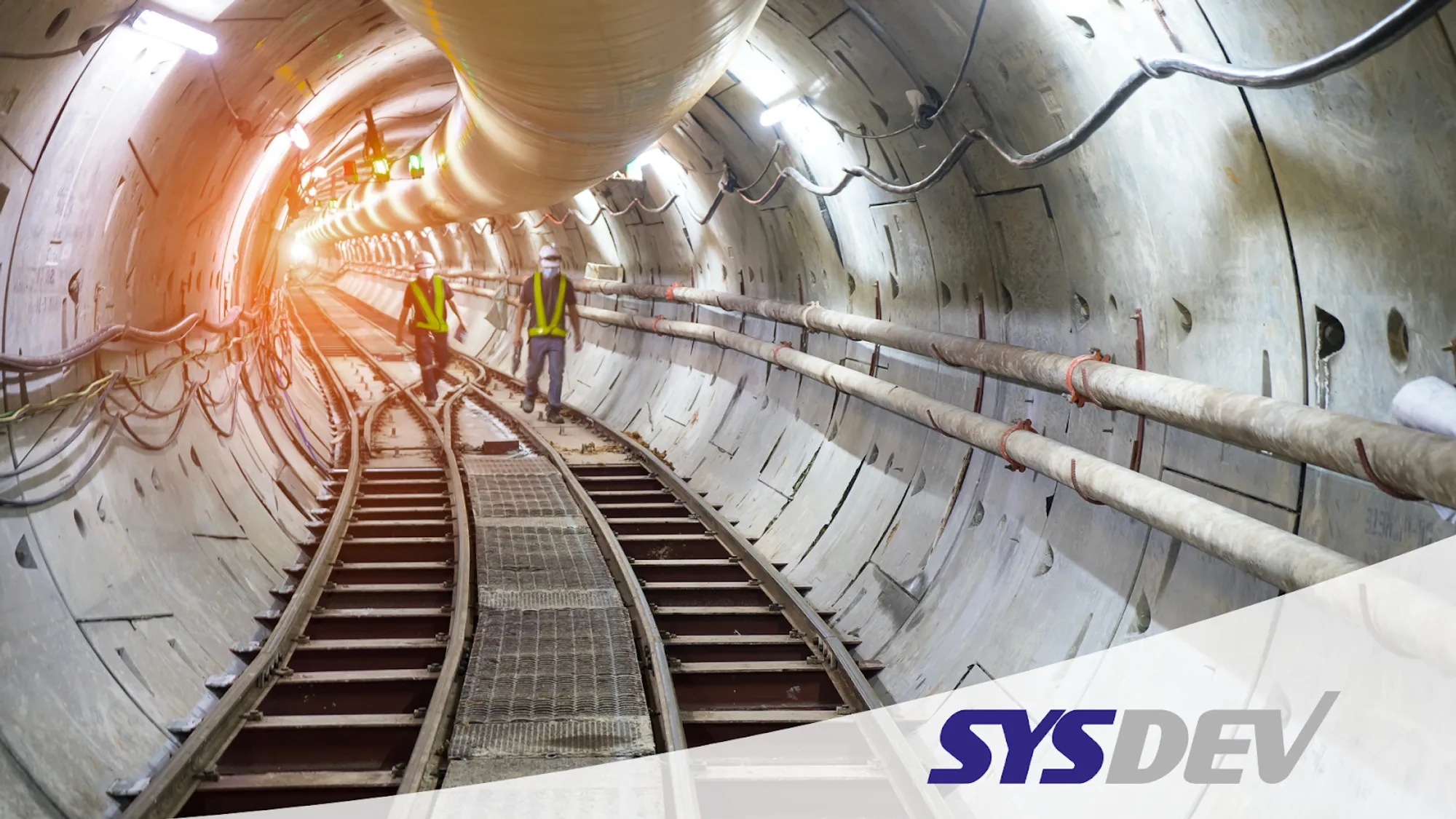How Does the SHBox System Work? The Case of Monitoring a Hydroelectric Plant

How does the SHBox system work after installation? What factors are considered for predictive infrastructure monitoring?
To answer these questions, we present a new case study involving an intervention by our team of specialists to monitor the pipeline of a hydroelectric plant located inside an Alpine tunnel.
.CTsG2aFZ_ITRfQ.webp)
.CtEGNS3d_1VtuHd.webp)
Structural Monitoring
Once the multi-sensor nodes are installed, the collected signals are continuously transmitted to our analysis platform via a LoRa network connection. The data gathered by the instrumentation is not only processed and published in real-time on Sysdev’s cloud platform, but it is also synergistically integrated into a physical interpretive model. This model aggregates data from all individual sensors, providing an overall view of the monitored structure’s performance.
At this point, significant data is inserted into a chart tracking micro-alterations. Based on this, our trusted structural engineer identifies correct behaviors and any anomalies that need further examination.
In this way, a quarterly report is prepared to inform the client about the health status of the structure and any irregularities that require deeper investigation.
Data Collection
What exactly are the data points analyzed by the multi-sensor nodes?
In the case of the pipeline we examined, the following parameters were considered:
- Pipe rotation
- Material deformations
- Structural displacements
- Overall temperature
- Curvature level
- Vertical distance between the various sensors
.Dni3I7z4_25gFWb.webp)
.Cyf2An7C_9OV1s.webp)
Data Collection and Monitoring
Data is continuously and systematically collected through the activation of the multi-sensor nodes at regular intervals (approximately every 4 hours). When activated, if even one of the measured parameters exceeds a predefined threshold, the sensor sends a message to the cloud platform. If no threshold breach is detected within 24 hours, a backup signal is still sent to ensure system integrity.
The sensor configuration, threshold parameters, and data acquisition or message sending timings can be customized based on the specific characteristics of the monitored structure and the individual needs of the client. Additionally, alarm thresholds can be set to trigger alerts if the recorded data exceeds a critical limit value.
.Bb6ITKth_22F0OB.webp)
